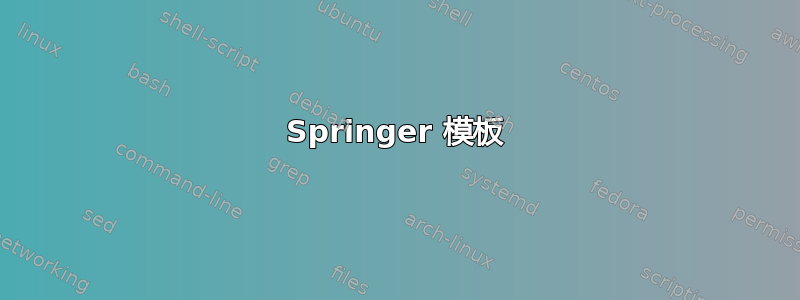
如何减少页面右侧的空白?
\RequirePackage{fix-cm}
\documentclass[smallextended]{svjour3} % onecolumn (second format)
\smartqed % flush right qed marks, e.g. at end of proof
\usepackage{algorithm}
%%%\usepackage[linesnumbered, ruled]{algorithm2e}
\usepackage[algo2e]{algorithm2e}
\usepackage{algpseudocode}
\usepackage{cite}
\usepackage{graphicx}
\usepackage[table,xcdraw]{xcolor}
\usepackage[utf8]{inputenc}
\usepackage[T1]{fontenc}
\usepackage{amsmath}
\usepackage[center]{caption}
\usepackage{lipsum}
\usepackage{booktabs}
\usepackage{placeins}
\usepackage{enumerate}
\usepackage{url}
\usepackage{xcolor}
\usepackage{stix,bbding,pifont,utfsym,fontawesome}
\usepackage{adjustbox}
\usepackage{tabu, colortbl}
\usepackage[table]{xcolor}
\usepackage[cache=false]{minted}
\usepackage{xpatch}
\usepackage{calc}
\usepackage{tabularray}
\UseTblrLibrary{siunitx}
\usepackage{multirow}
\usepackage{float}
\usepackage[caption=false]{subfig}
\usepackage{tikz}
\usetikzlibrary{trees}
\DeclareMathOperator*{\argmax}{arg\,max}
\DeclareMathOperator*{\argmin}{arg\,min}
\usepackage[T1]{fontenc}
\linespread{1.05}
\usepackage{tabularx,graphicx}
\newcolumntype{C}{>{\centering\arraybackslash}X}
\usepackage{tabularray}
\UseTblrLibrary{booktabs}
\usepackage{tabu, colortbl}
%
\begin{document}
\section{CH sum}
Checksum error detection is a method used to identify errors in transmitted data. The
process involves dividing the data into equally sized segments and using a 1’s
complement to calculate the sum of these segments. The calculated sum is then sent along
with the data to
the receiver. At the receiver’s end, the same process is repeated and if all zeroes are
obtained in the sum, it means that the data is correct.
Checksum – Operation at Sender’s Side
Firstly, the data is divided into k segments each of m bits.
On the sender’s end, the segments are added using 1’s complement arithmetic to get the
sum. The sum is complemented to get the checksum.
The checksum segment is sent along with the data segments.
Checksum – Operation at Receiver’s Side
At the receiver’s end, all received segments are added using 1’s complement arithmetic
to get the sum. The sum is complemented.
If the result is zero, the received data is accepted; otherwise discarded.


